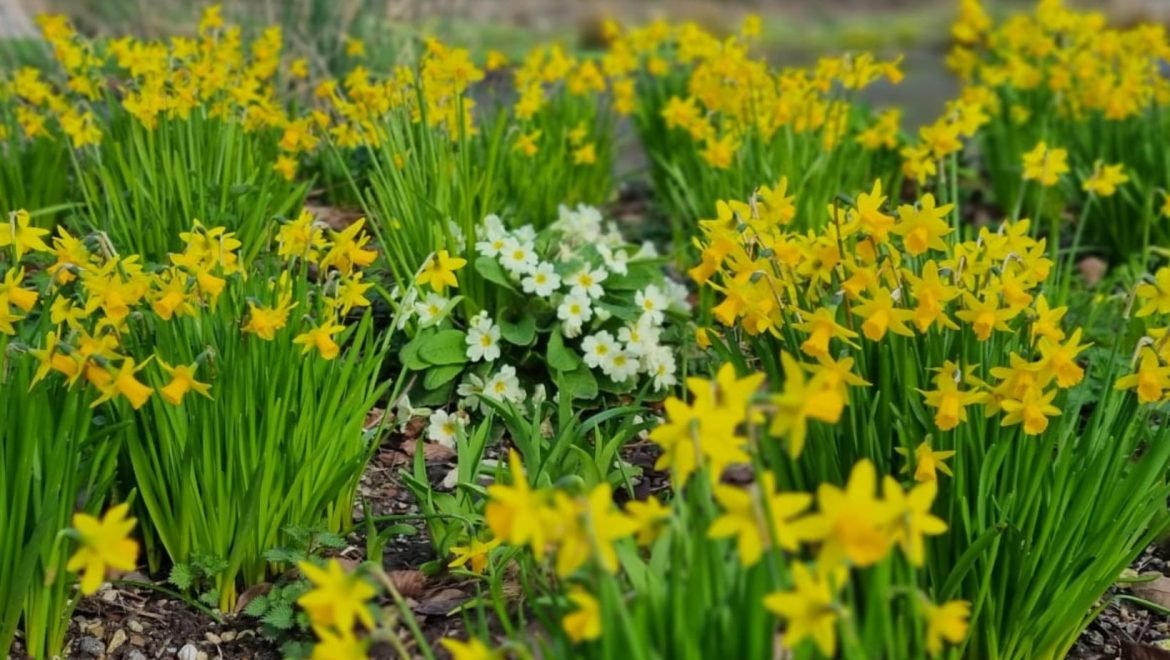Growing Vegetables With Biodiversity In Mind
Vegetable plots can make a lovely addition to your garden, providing cottage-garden-charm as well as a hobby and food source. On top of this, a vegetable plot is a great opportunity to incorporate more biodiversity into your space. Not only will increased biodiversity benefit the wildlife around you, but can lead to an increase in pollinators for your crops, better soil health and a beautiful harvest!
Continue reading…

















